When making a no bake cake like the Bournvita no bake chocolate cake, follow these steps to ensure it has a firm yet moist texture.
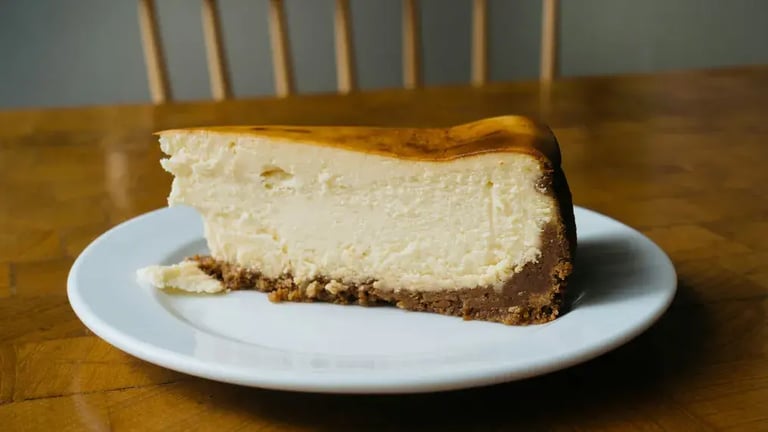
No-bake cakes offer a quick, oven-free alternative to traditional baking, making them especially appealing in warm climates or for those with limited kitchen equipment. While they are convenient, creating the perfect no-bake cake involves more than just mixing ingredients and chilling. The goal is to strike a delicate balance between achieving a firm structure that holds its shape and creating a dish that remains moist, rich, and indulgent on the palate. Whether you’re making an Oreo cheesecake or a Bournvita no-bake chocolate cake, the trick to keeping the no-bake dish’s texture right is the same. Simply keep these tips in mind.
The base
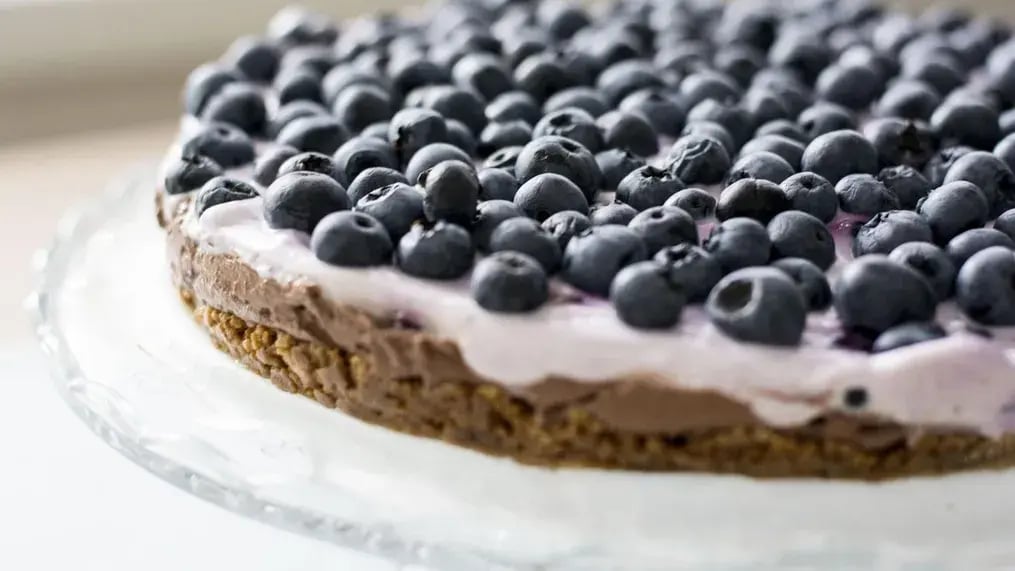
The base or crust is the foundation of a no-bake cake. It should be firm enough to support the filling without crumbling apart, yet not overly dense. Crushed biscuits or graham crackers are commonly used. The finer the crumb, the more cohesive your base will be. Melted unsalted butter binds the crumbs together. The key is to use just enough to help the crust set when chilled. A typical ratio is 1:2, which means one part butter to two parts crumbs. Press the base firmly into the pan using the bottom of a flat glass or spoon. Then refrigerate for at least 30 minutes before adding the filling to ensure it sets properly.
The filling
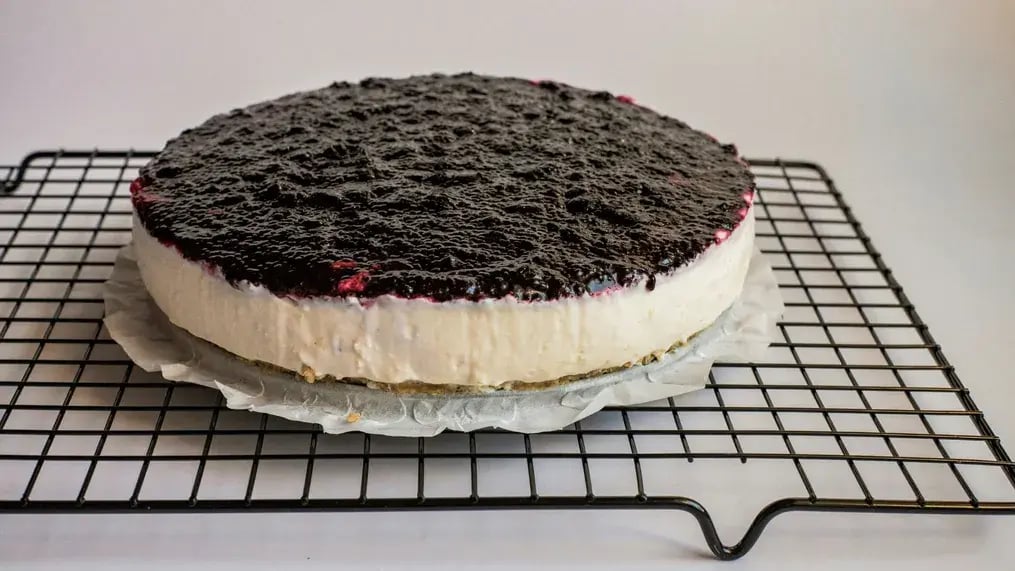
The filling is where the real challenge lies. Achieving a texture that’s smooth but holds its shape requires careful balance. Here is how different ingredients respond:
- Heavy cream or whipping cream adds volume and airiness when whipped.
- Full-fat cream cheese, mascarpone, or thick curd provides body and richness. Always use chilled cream for whipping. Whip it to soft or medium peaks, and fold gently into the rest of the mixture to retain the air bubbles.
- Condensed milk not only sweetens but also adds density and a smooth mouthfeel.
- Powdered sugar dissolves quickly and won’t add graininess like granulated sugar might.
- Bournvita, cocoa, fruit purees, or melted chocolate enhance flavour while contributing to texture.
The stabilizers
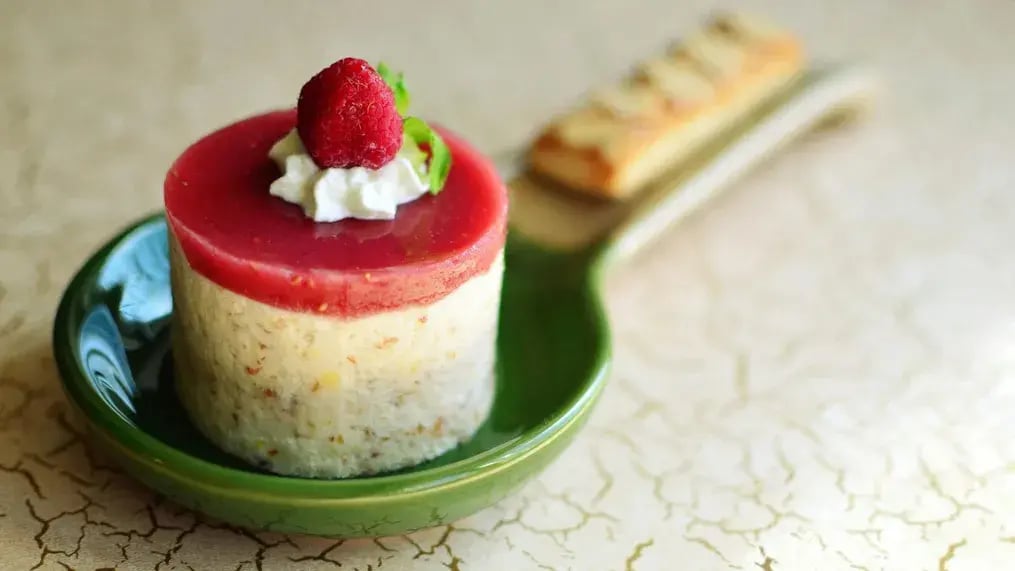
Without the help of eggs or baking, no-bake cakes often rely on stabilizers to set firmly.
- Gelatin is a classic stabilizing agent that provides a smooth, sliceable texture. Make sure to use unflavoured gelatin. Bloom it in cold water (usually 1 tbsp gelatin to 3 tbsp water) for 5 minutes. Dissolve over gentle heat before incorporating it into the filling. Ensure the gelatin mixture is cool but still liquid when mixing it into avoid lumps or uneven setting.
- Derived from seaweed, agar agar is ideal for vegetarian recipes. Use in small quantities (1 to 1.5 tsp for 2 cups of filling). Dissolve in hot liquid and simmer briefly before adding to the rest of the mixture. Agar sets more firmly and quickly than gelatin, often at room temperature, so work fast.
The chilling
Setting a no bake cake requires proper chilling and this is not a process that can be rushed. Refrigerate for at least 6 hours, or preferably overnight if possible. Use a springform pan for easy release. Cover the cake with cling film or a lid to prevent it from absorbing refrigerator odours. Avoid freezing unless specifically intended for a frozen dessert. Freezing may alter the texture and create ice crystals, leading to a grainy mouthfeel when thawed.
The moisture
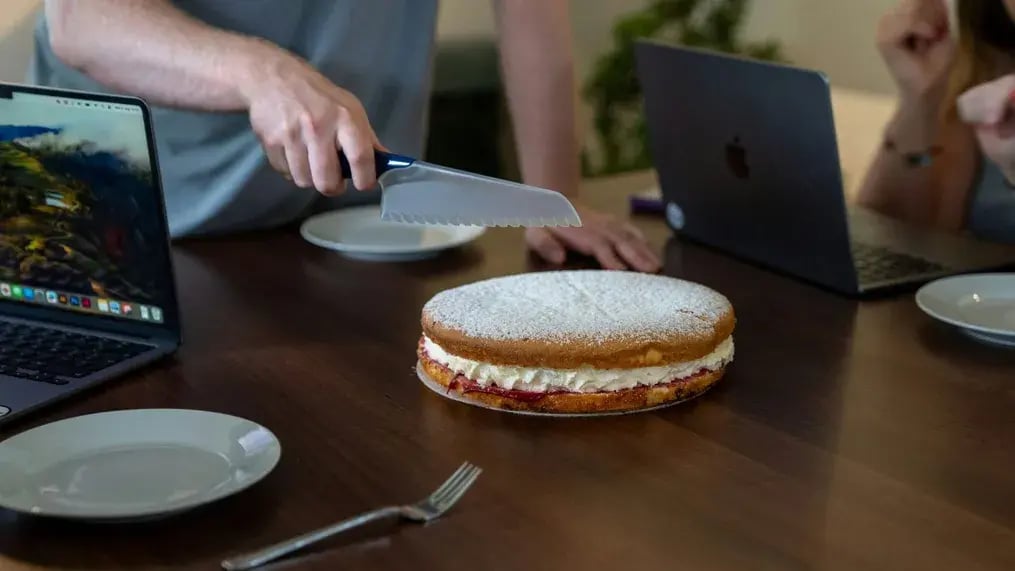
A moist texture is crucial for a no-bake cake to feel good. However, too much liquid can lead to a runny or unstable cake. Balance is key. Avoid over-whipping the cream as it can turn grainy or release water. Don’t add too much liquid flavouring or milk. If you’re incorporating ingredients like coffee, chocolate syrup, or Bournvita paste, do so sparingly and adjust other liquids accordingly. Other moisture inducers include nut butters or melted white/dark chocolate that can add richness without excessive liquidity. Fruit purees (like banana or mango) offer both flavour and moisture, but should be paired with stabilizers to avoid a wet consistency.
The test
Before serving, do a quick test to ensure your cake has set properly. Gently press down on the surface. It should feel firm but slightly yielding, not jiggly or wet. If slicing reveals a runny interior, let the cake chill for another 2 hours. You can also refrigerate individual slices after cutting if the ambient temperature is warm.
Like This Article?
More Like This
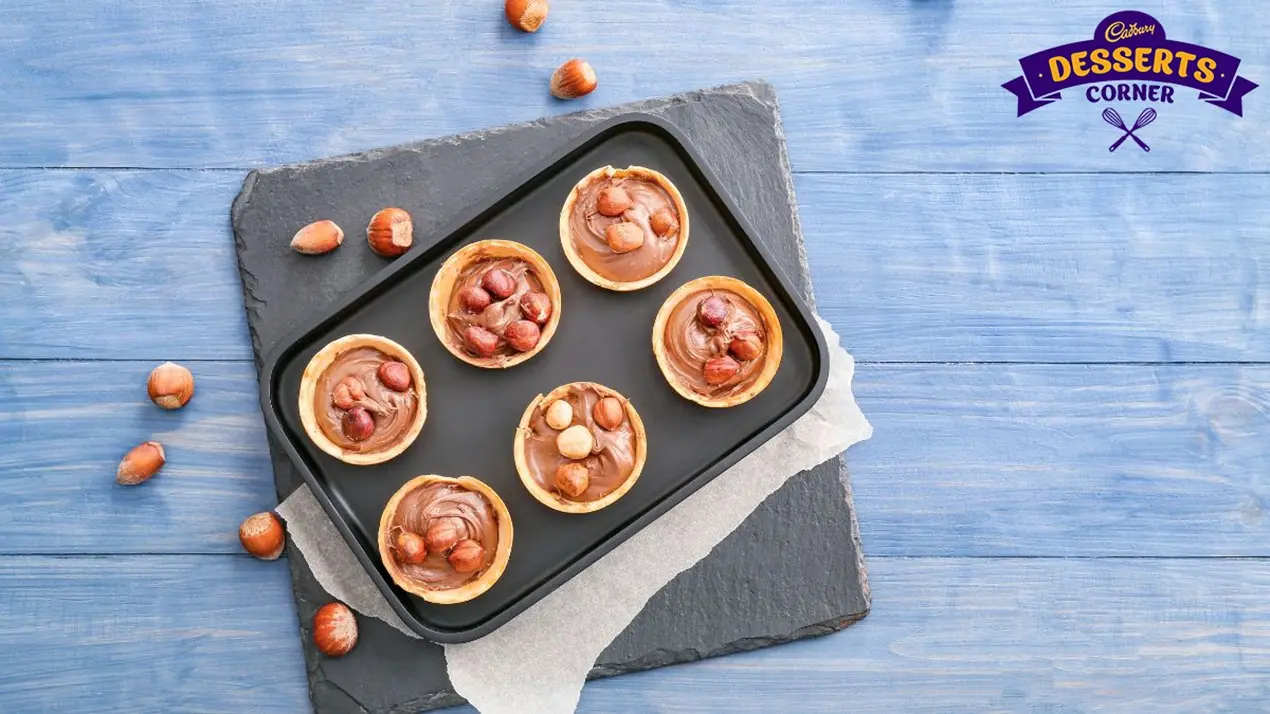
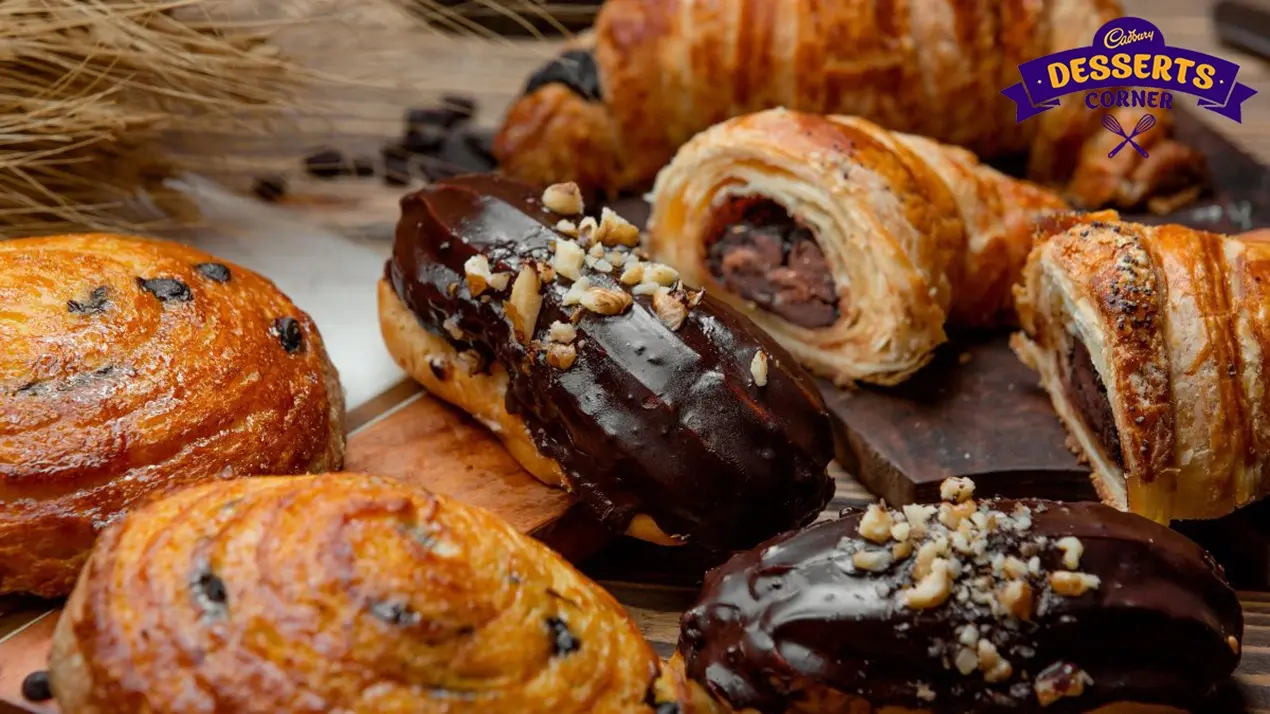
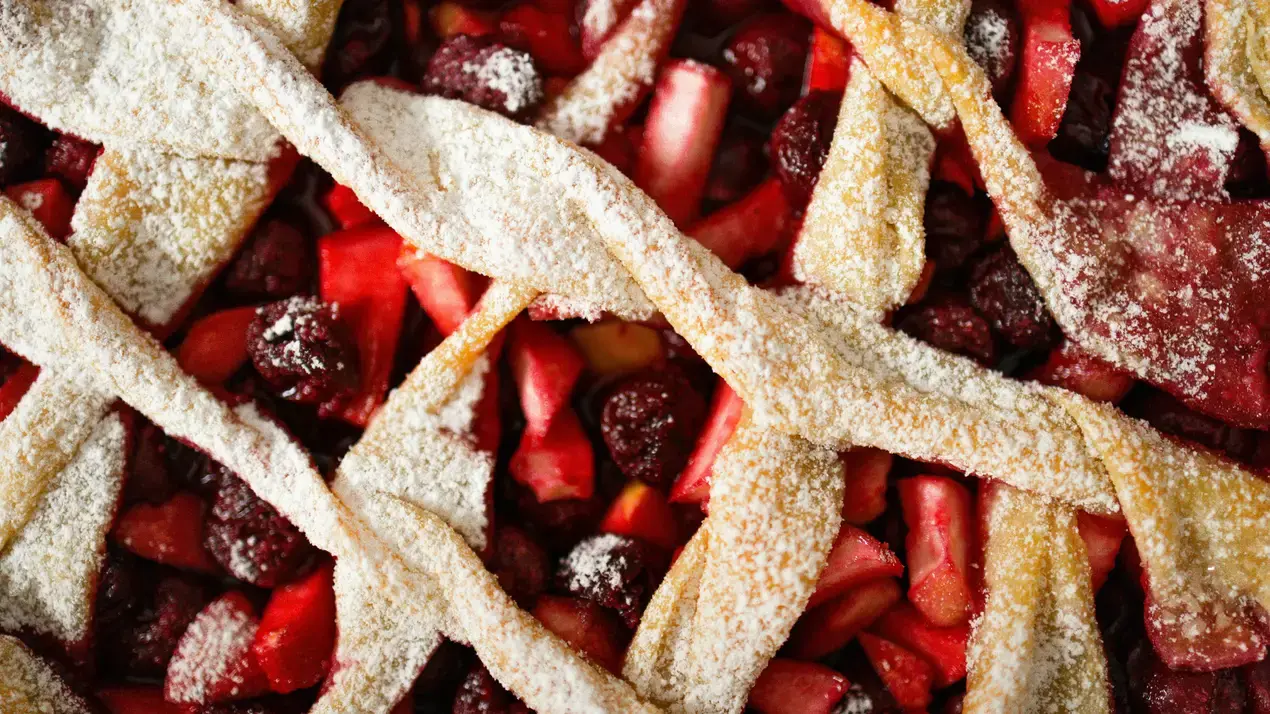

Popular Articles




Trending Web Stories
Curated Recipes



















